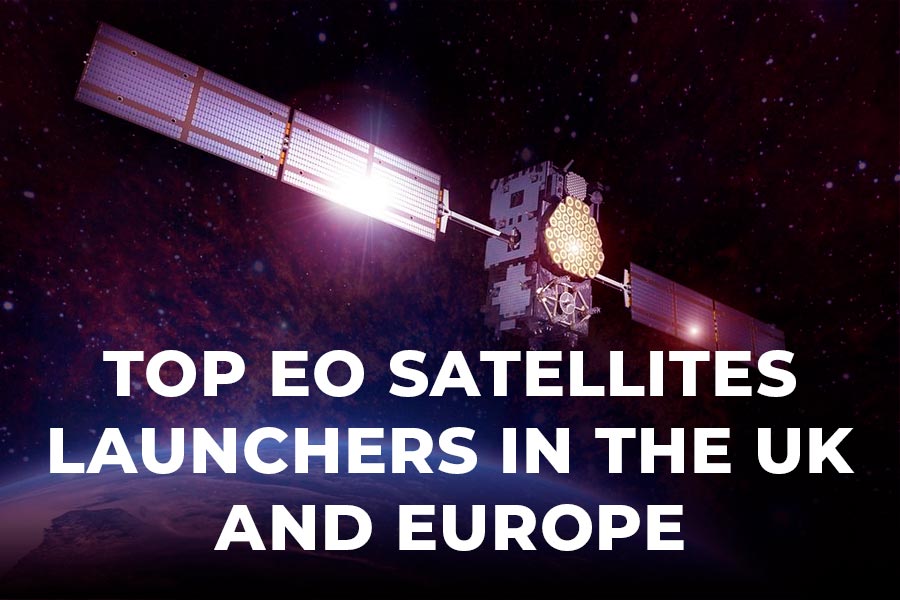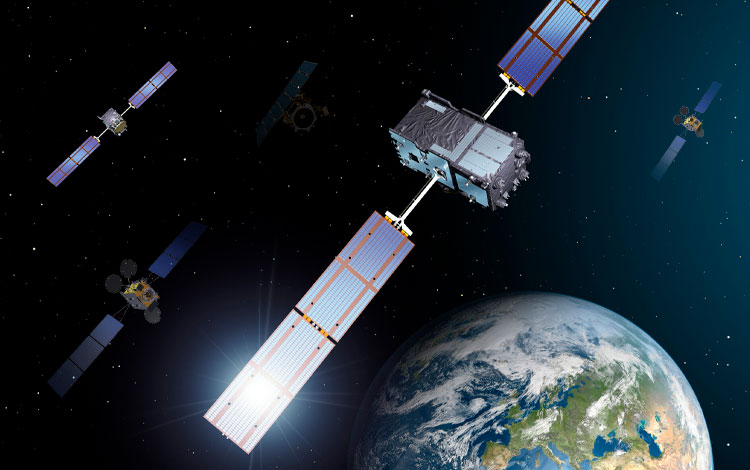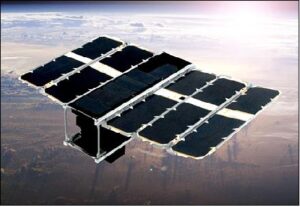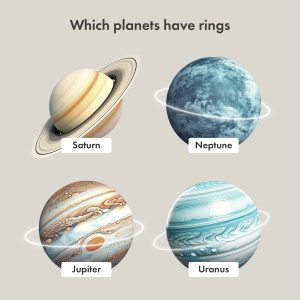EO satellite launchers in the UK аnd Europe: history, reality and future
13th Dec 2021
Artificial satellites circle our planet, and EO satellite launchers help deliver almost a third of these spacecraft into required orbits. To date, the number of satellites operating in orbits alone has exceeded 3,500, and the number of used spacecraft is many times greater. Satellites serve a wide variety of purposes — communication, Earth Observation, geolocation, meteorology, scientific research, and more.
The first two types of satellites are the most common. Humanity has long dreamed of a global, affordable Internet available anywhere in the world, and this dream is now turning into reality thanks to Starlink and OneWeb programs. In the last three years alone, more than two thousand of their satellites have been launched into orbits, and by 2027 the total number of spacecraft in both constellations should reach 13,000.
Earth Observation Satellites deal with a more pressing agenda. In fact, these are the guardians of our planet, watching it from space 24/7 and giving people an opportunity to better understand the Earth and use its resources more rationally, with one of the European Earth Observation programs even being called Sentinel.
The importance of EO satellites cannot be underestimated, but to fulfill their function, they need to be placed into orbit at specific coordinates. Without Earth observation satellite launchers, this would not be possible. That is why today we will talk about European and UK EO satellite launchers — past, present, and future.
All European satellite launchers
In fact, it does not matter for what purpose you place a satellite into orbit. For a launch, satellite size, type, and orbit height are most important. Most modern EO satellites are smallsats, in particular CubeSats. To deliver them into space, an ultralight or light class rocket with a payload of up to 500 kg is enough. But if there is a constellation of satellites, a heavier rocket may be necessary. Europe has both types of Earth observation satellite launchers.
First european satellite launcher — Europe rocket
The first European rocket was called Europa. The project was implemented in the 1960s and early 1970s by ELDO, the predecessor of the European Space Agency. Three countries —UK, France, and Germany — took part in the initiative. The British Blue Streak ballistic missile was used as the first stage. Australia also joined the project, providing its Woomera spaceport for testing.
Europa-1 was supposed to launch satellites weighing over a ton into low orbits. The first five launches out of ten were successful, but then, problems with testing the 2nd and 3rd stages arose. ELDO decided to develop Europa-2, which could launch payloads of up to 150 kg into geostationary orbit. But its launch in 1971 ended in failure, and a year later, the countries participating in the project came to the conclusion that the Europa missiles were too ambitious, complex, and expensive. As a result, in December 1972, the project was closed, and ELDO was liquidated.
Black Arrow
Notably, the UK withdrew from the Europa project back in 1969, focusing on its own British satellite launchers — particularly, the Black Arrow program. The three-stage rocket was designed to launch 100 kg of payload into a polar orbit with an altitude of 500 km. In three years it took off four times, two of which have been successful. The last launch deployed British satellite, Prospero, into orbit. All tests took place at the Woomera launch site in Australia.
In 1972, the British government decided to ditch the Black Arrow in favor of American Scout rockets, which, according to the Department of Defense estimates, was cheaper than maintaining its own program. To this day, the Black Arrow is Britain’s first and only example of British satellite launchers.
Modern EO satellite launchers
Ariane
Although the Europa project was unsuccessful, it pushed European countries to consolidate in space and create the European Space Agency, and the Europa rocket itself served as the prototype for a whole series of launch vehicles — Ariane. Since 1979, French company Arianespace has produced five Ariane modifications, from light to heavy. Together, they carried out a total of 216 launches.
To date, ESA only uses the latest generation, Ariane 5. In the next 2-3 years, a new medium-modification of the reusable Ariane 6 promises to see the light of day.
Vega
The Vega light rocket project (Vettore Europeo di Generazione Avanzata) has been developed by the Italian Space Industry since the early 90s. The ESA, Italian aerospace company Avio, and Yuzhnoye Design Office, known for the development of such rockets as Satan, Dnepr, and Zenith, took part in this project.
The Vega can carry a payload of up to 1.5 tons into orbits up to 700 km. Starting from 2012 until today, the rocket made 12 launches, 10 of which were successful. Two new configurations, Vega C and Vega E are currently in development to increase competitiveness. These Earth observation satellite launchers could become operational within the next three years.
Soyuz-ST
Russian Soyuz ST rounds out the rocket line used by ESA. This is a three-stage medium-class launch vehicle based on the Soyuz-2 rocket. Its main differences from the basic prototype are the refinement of the control system for receiving commands from the Earth to terminate the flight and the refinement of telemetry for European ground receiving stations. Since 2011, Soyuz ST has carried out 23 launches, 22 of which were successful.
Satellite launchers of the future

Making the aerospace industry accessible to private companies led to a boom in micro launchers in the late 2020s. Many of them today promise to enter the launch market in the next two years. The most promising in Europe and the UK are:
- Prime (Orbex Space company, Scotland) Payload – 150 kg
- Skyrora XL (Skyrora Ltd, Scotland). Payload – 315 kg
- Spectrum (Isar Aerospace, Germany). Payload – 1000 kg
- RFA One (Focket Factory Augsburg, Germany) – Payload 1300 kg
- Miura 5 (PLD Space, Spain) Payload – 500 kg
These rockets, including British satellite launchers currently in development, are designed using cutting-edge rocket technology (3D printing, low-toxic fuels, accelerated production cycle, flexible launch conditions), so they can seriously compete with the American market leaders in the light class — Rocket Lab and Virgin Orbit. Furthermore, as the number of EO satellite launchers grows, so will the number of EO and other small satellites in orbit, increasing the safety and comfort levels on Earth.






Thank you for your comment! It will be visible on the site after moderation.